At Relive Physiotherapy, we offer 2 types of Injection Therapy
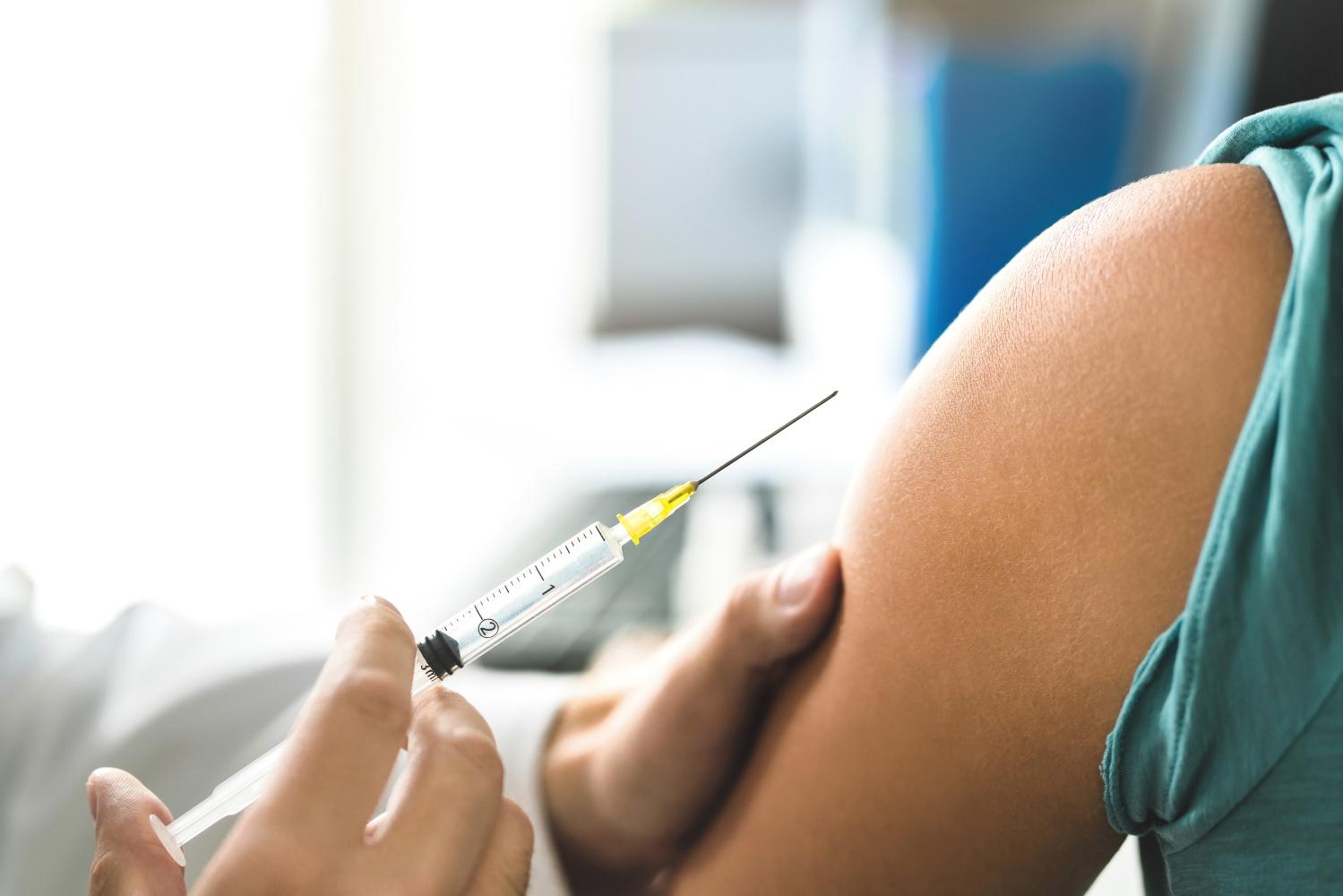
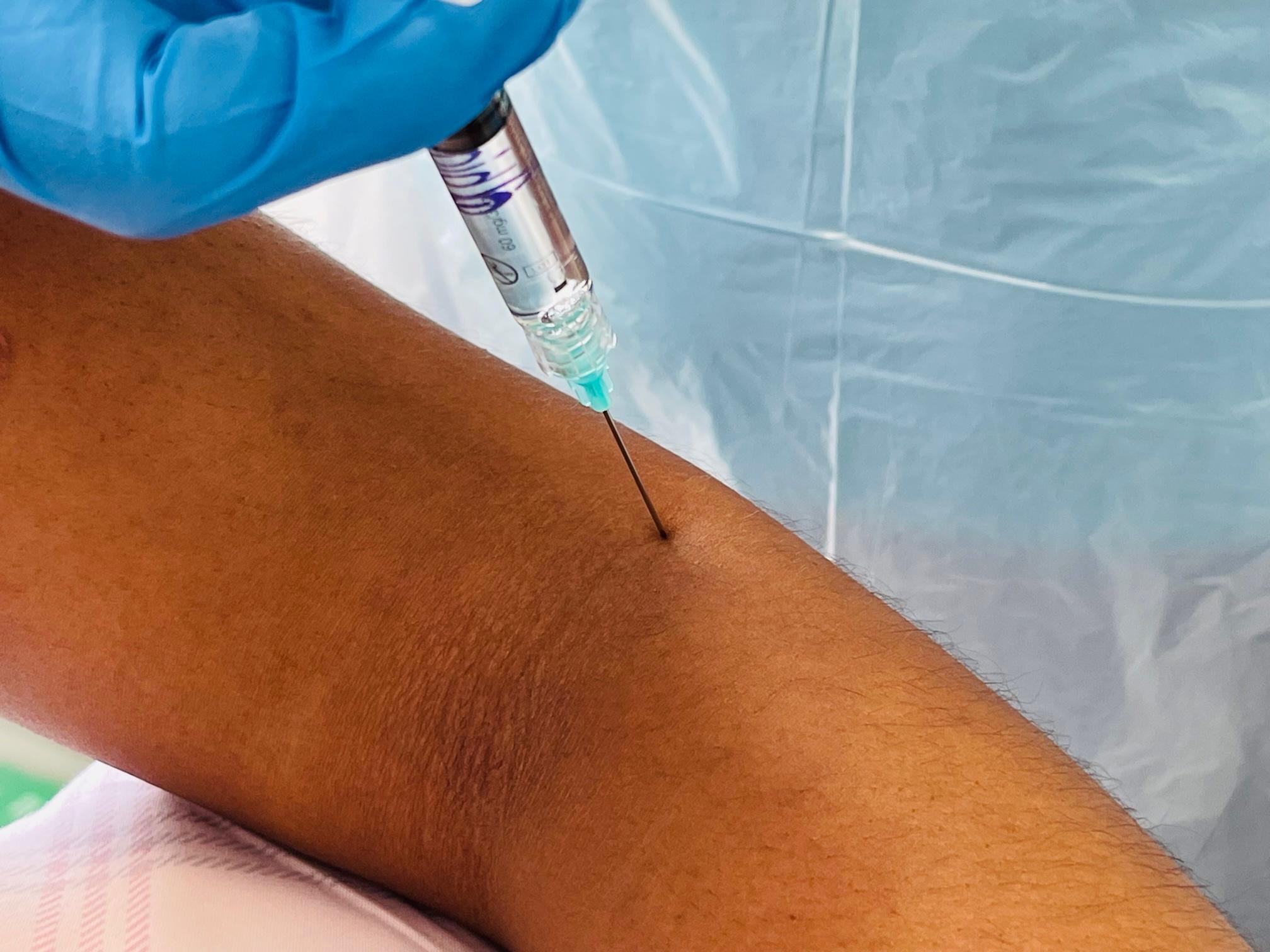
Injection Therapy is a type of treatment where either;
Corticosteroids are very different from anabolic steroids, which are their better-known cousins. Corticosteroids work to reduce swelling in a joint or muscle, which lowers your pain and allows you to move around more freely. When Injection Therapy and Physiotherapy are given in tandem, you will see a much quicker recovery rate than when they are done in isolation. You will be back to doing the things you love and were doing before the pain stopped you in next to no time.
Sodium Hyaluronate (Hyaluronic Acid) has become well known fairly recently as it is an major ingredient in some of the face creams that are currently available. But, it is NOT a drug. It is often used for people who have conditions which affect their joints such as Arthritis. It is injected into any joint where there are 2 bones that need to move over each other (such as ankle, knee, hip, elbow, shoulder, wrist etc). It acts as a lubricant to allow the bones to pass over each other without catching or grinding (which is the effect of Arthritis). This can be extremely painful and it is what our Arthritis patients at the Relive Physiotherapy Clinic in Chester really suffer from. Most importantly, this is a straightforward treatment that can be done for almost anybody as there are very few things that can prevent it. It is a natural supplement and can be given on multiple occasions if required.
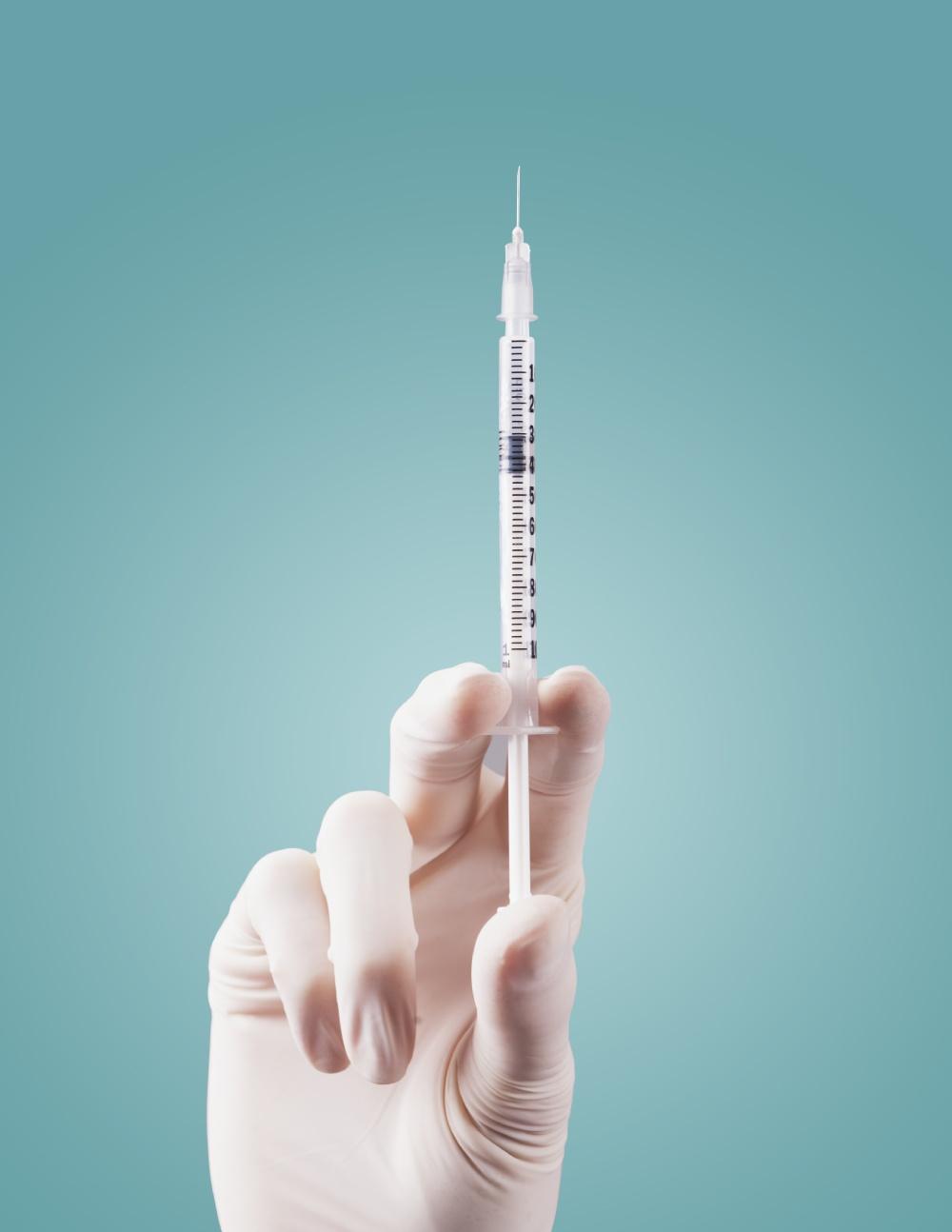
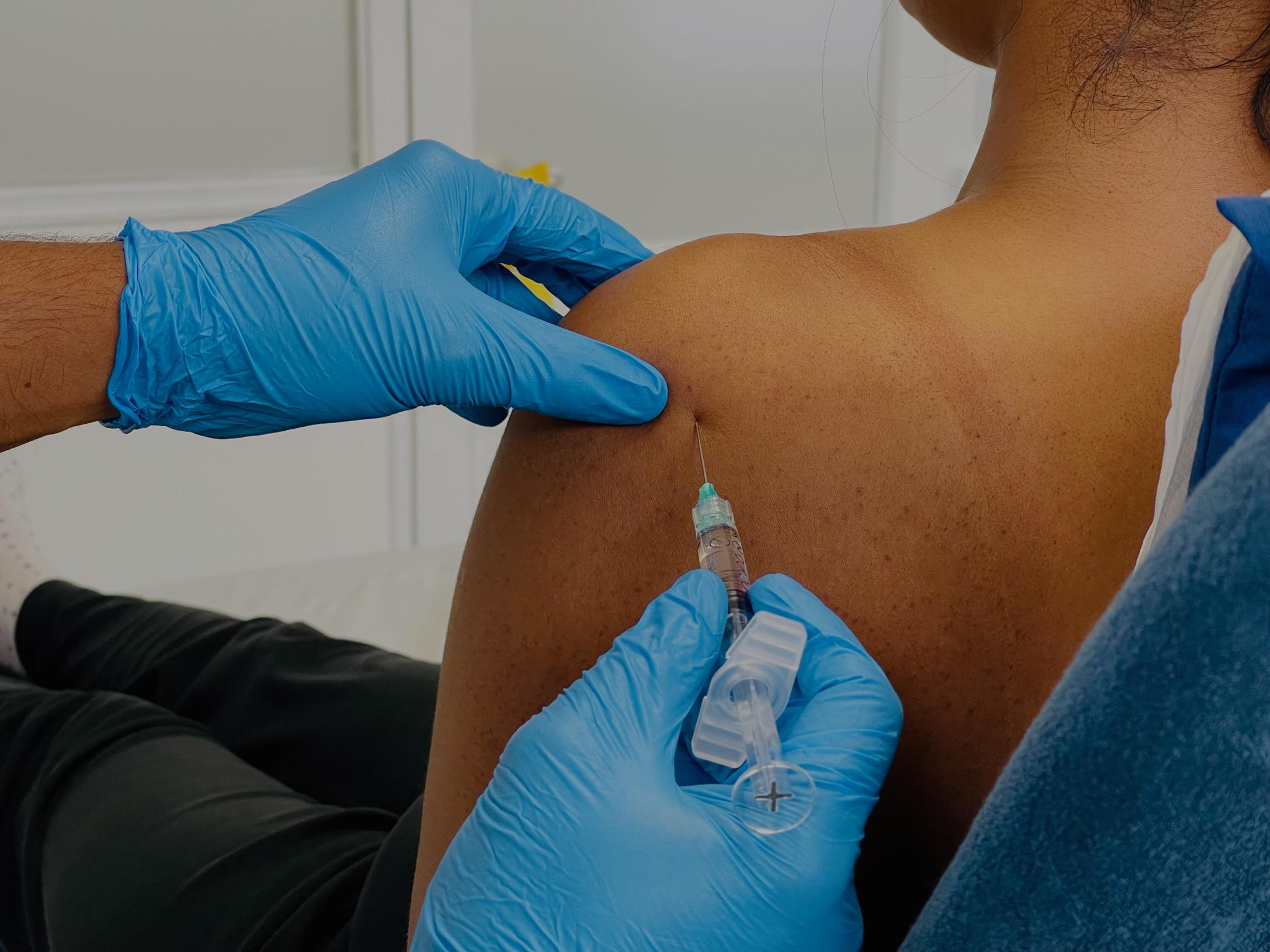
Yes, this is partly true, but only for the Corticosteroids.
The people that do take tablets have to take them frequently. An injection is much more efficient as it takes place directly into the joint and the pain can be relieved much more quickly. A tablet has a much smaller dosage, and the medication needs to be absorbed by the stomach before it can enter the blood stream and travel around the body. When it travels around the body, it is absorbed everywhere and does not pinpoint specifically the joint that is causing you problems, so the effects last less than an injection. Additionally, you may be prone to stomach problems if you take steroids in tablet form over an extended period of time.
There are a lot of different conditions that are treated by Injection Therapy, such as:
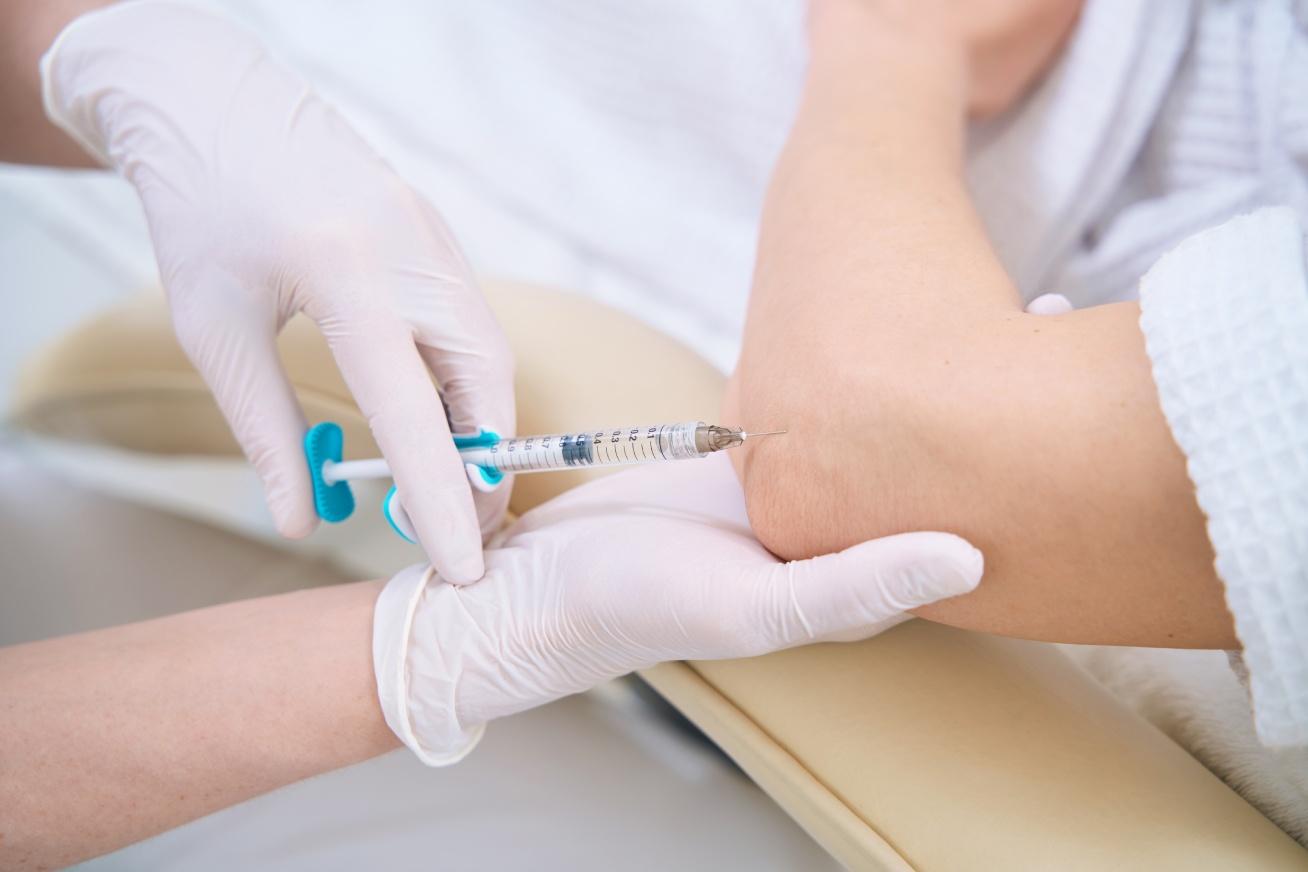
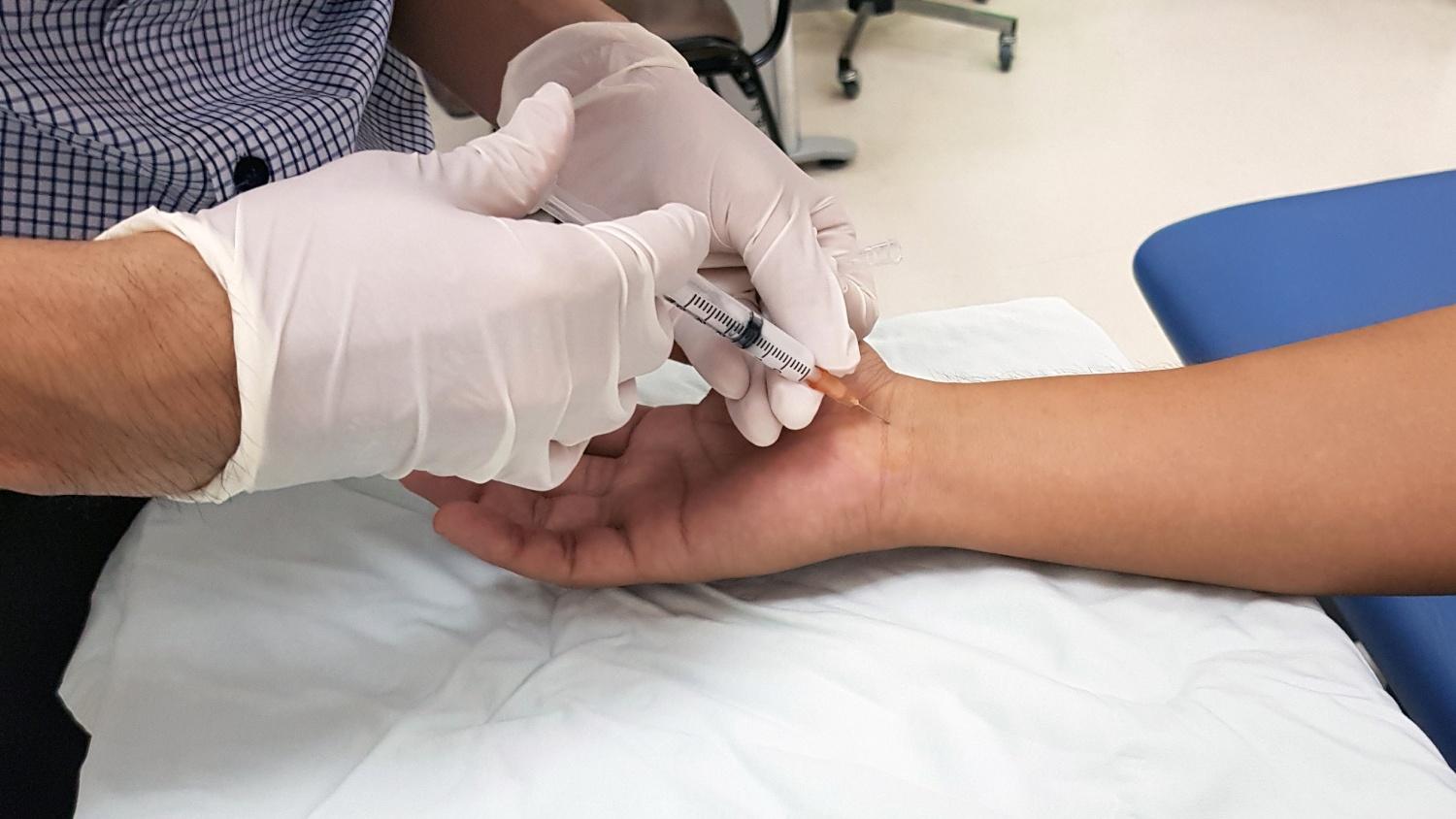
If this sounds like you, then it’s time to contact Chester’s Best Physiotherapy Clinic, Relive Physiotherapy
Request CallbackIf you have recently had an infection, currently have an infection, or think that you might have one, then it is better to delay coming in to see us until it has cleared. We can’t do injections on areas that are infected.
In the first 2 weeks after your Corticosteroid injection, you will need to take it a little easier. If you are too keen to get back to what you were doing before and do too much too quickly, then this could reduce the effectiveness of your Injection Therapy.
You will be given exercises to do after your Injection Therapy by your Relive Physiotherapist. These will ensure that the effects of the Injection Therapy last longer.
You will start to see an improvement anywhere between 2 days and 2 weeks after your injection, but the best results are generally seen 4-6 weeks afterwards. This is why we book a follow up consultation with you about a month after the injection, to monitor the improvement.
We will NEVER inject directly into the spine. This is a highly specialised medical procedure, and it is NOT something that we do at our Clinic.
When we have our initial consultation prior to your Injection Therapy meeting, we will talk about your medical history. It’s very important to give us as much information as you possibly can, as there are certain conditions or medications that may affect your health and the effectiveness of your therapy.
You MUST tell us if you:
All of these are reasons that could potentially mean that an injection is not appropriate at the moment and could have an effect on your health if we were to proceed.
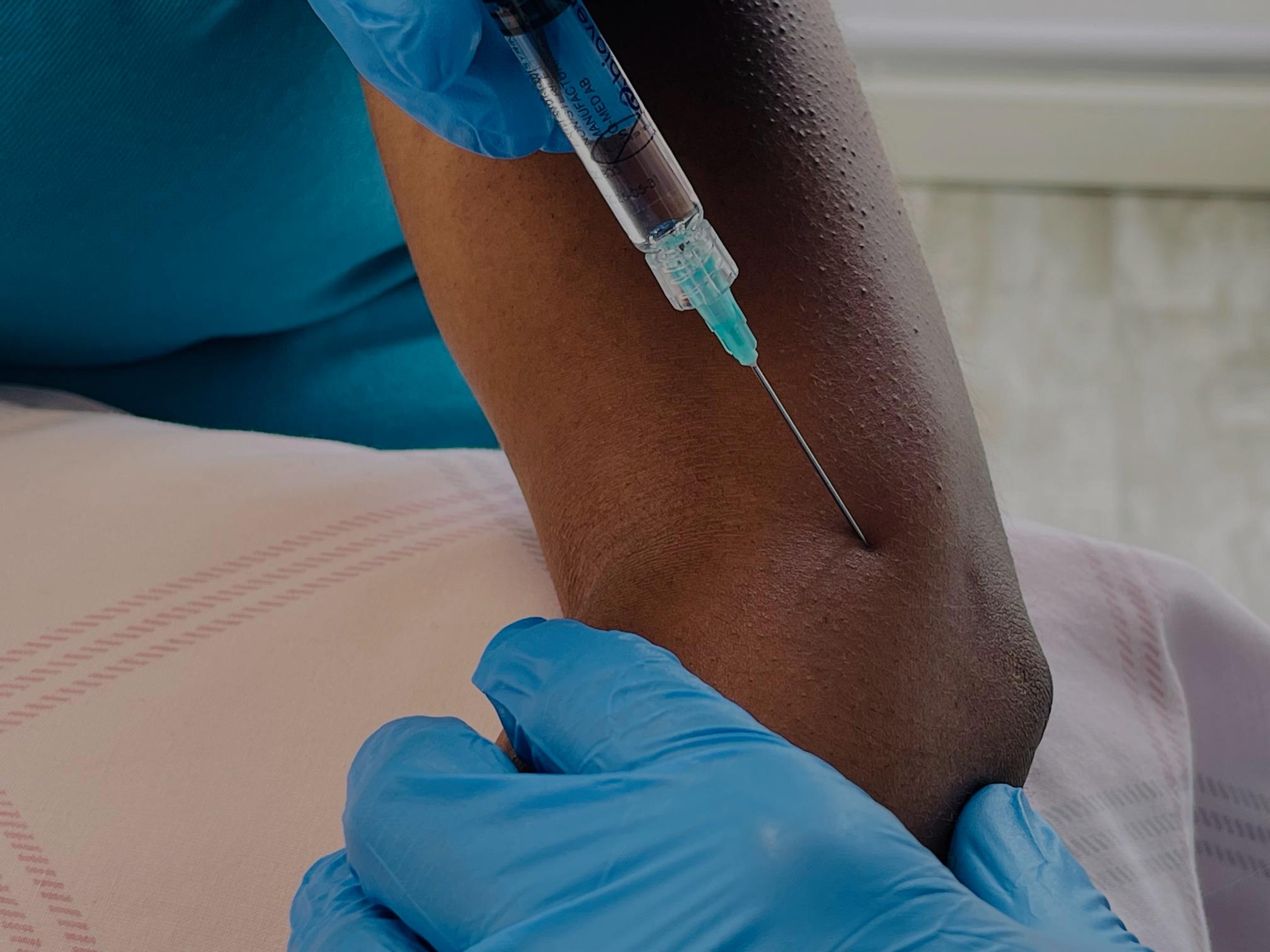

Raj Gandhi is the founder and Principal Physiotherapist at Relive Physiotherapy. He has been a qualified Non-Medical Prescriber and an expert in Injection Therapy for more than 10 years, injecting thousands of people in the Chester area during that time. He is highly trained and has earned the right to do soft tissue and joint injections, having successfully passed all of the courses, qualifications and supervision to undertake this highly specialised treatment.
He is passionate about helping people overcome their pain and he supports them throughout the whole process. He will move at a speed where you feel comfortable, as he wants you to feel confident and relaxed as this will give you better results!
He advises people to wear comfortable clothing when they come for Injection Therapy at Relive Physiotherapy as this can make the area to be injected much more accessible. The first 20 minutes following the injection are really important, as it is during this time that any potential side-effects may occur. It’s why we will invite you for a cup of tea and a biscuit in the waiting room after your procedure (but you can have one before the treatment as well!) We want to make sure you are fit and healthy before going out to do your everyday activities with a new lease of life!
Although these are rare and mild from a corticosteroid injection, there can be:
If you suffer any of the above side effects, it is important to let us know immediately. Infection and allergic reactions are extremely rare but can happen. If the area that has been injected becomes red, hot, tender or swollen or you get a temperature, then you should inform us and seek medical help immediately.
We will do our very best to keep your side effects to a minimum. Raj will never use more than the recommended dose and he will use the right and proper techniques to make sure we keep you safe. He will undertake an examination of the site where you are going to have the injection to make sure that everything is OK and there are no signs that we should not do the injection on the day of your appointment. He will make sure that the area is sterile by thoroughly cleaning it and by using sterile equipment. He will wash his hands and wear sterile gloves. Your safety and the minimising of side effects is our priority.
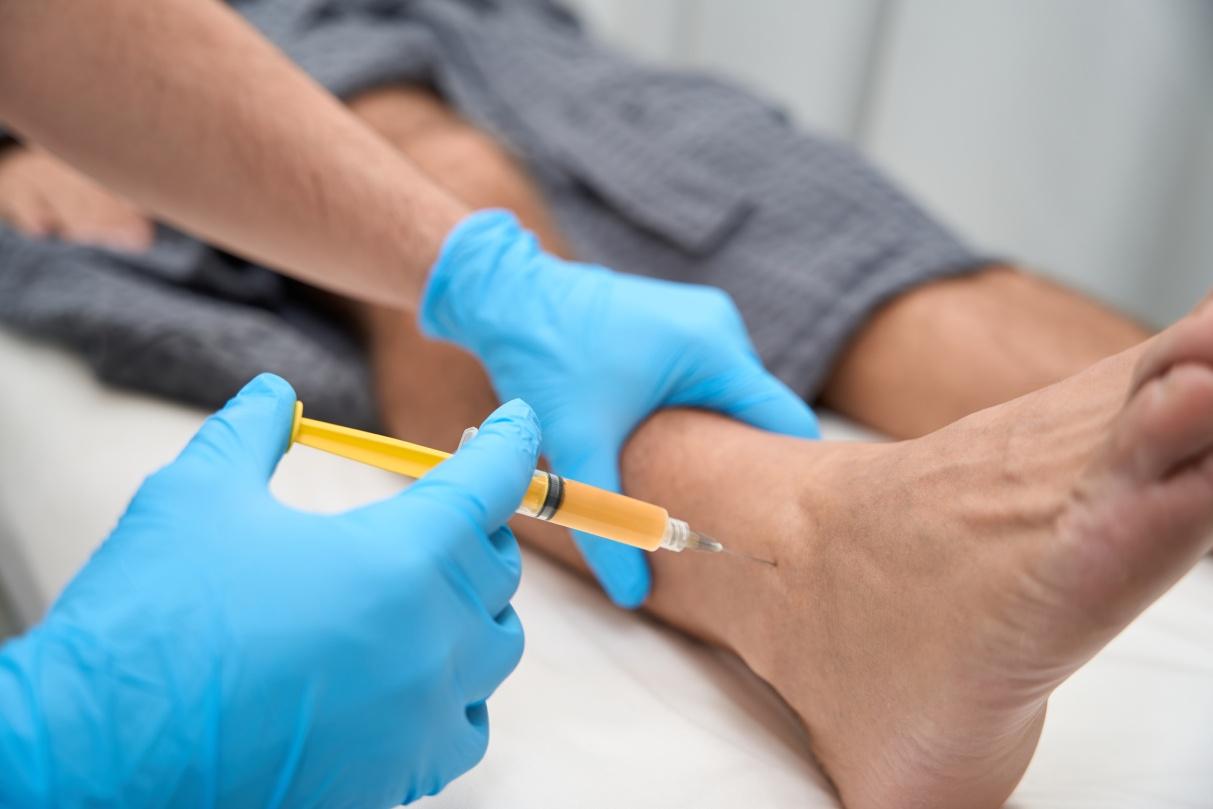
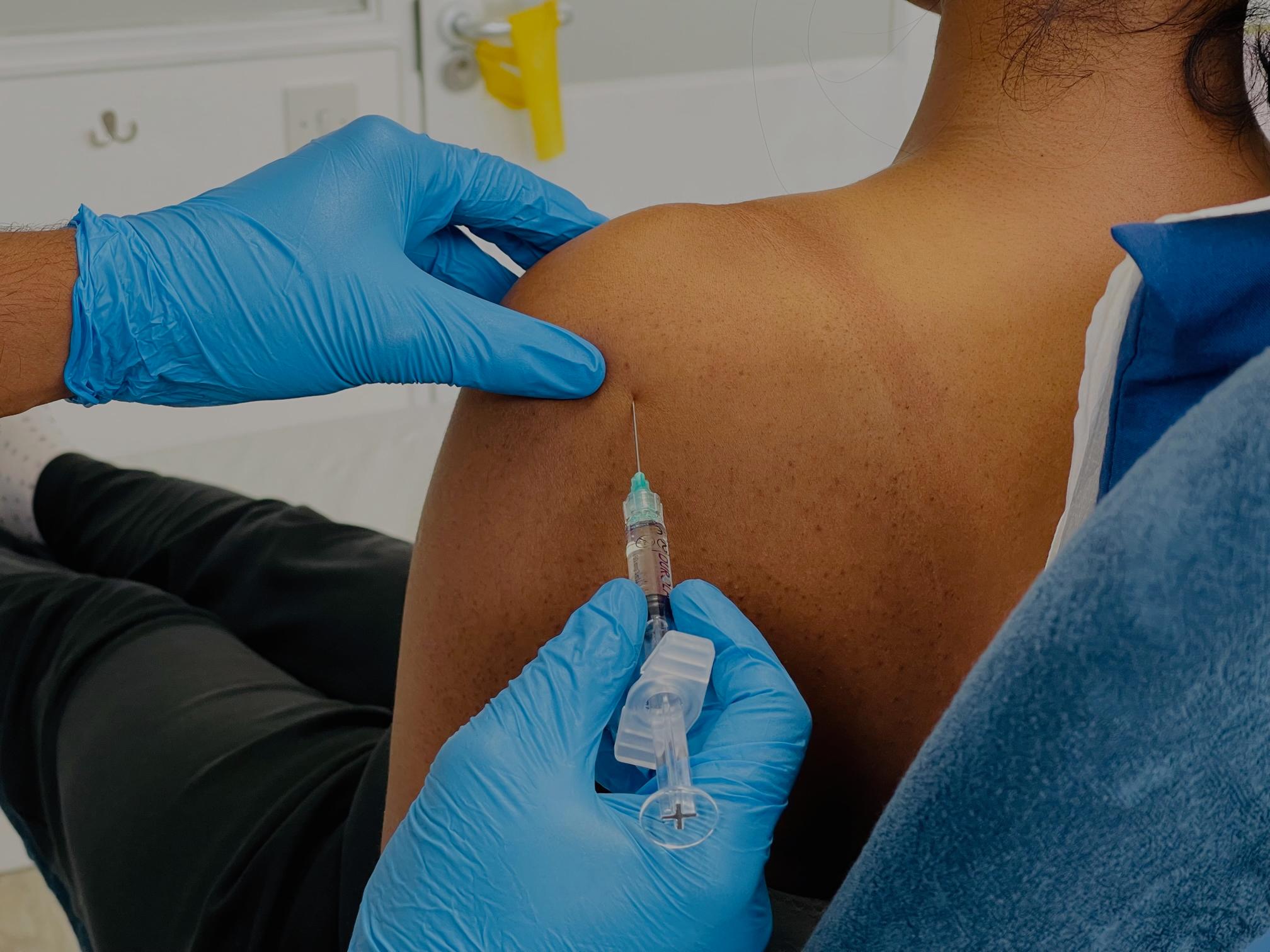
Most of the time, one injection is enough, but it depends on the person. Some people need to have more than one injection to see the full benefits. This all depends on how well your body absorbs and reacts to the medication.
The effects from a Corticosteroid injection usually lasts from eight to twelve weeks (and often more) and from a Sodium Hyaluronate (Hyaluronic Acid Supplement) Injection, it can last upwards of a year.
The National Institute for Clinical Excellence (NICE) recommends that no joint should be injected more than 3 times within any 12 month period with a steroid.
Preparation :
After your injection :
If you are taking painkillers when you come in, you can continue taking them after the injection if needed. You might be a little sore from where Raj injected you, but that should go away within 24-48 hours.
